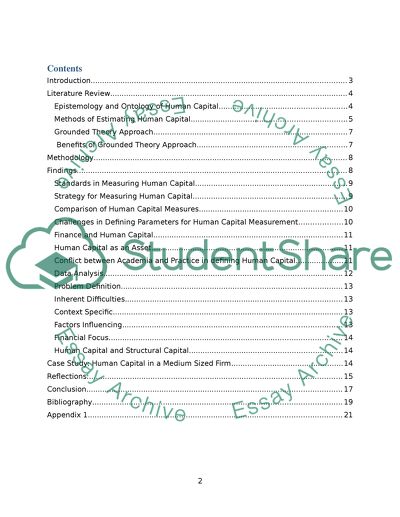Cite this document
(“Approaches and shortcomings of the measurement of intellectual Research Paper”, n.d.)
Approaches and shortcomings of the measurement of intellectual Research Paper. Retrieved from https://studentshare.org/finance-accounting/1650035-approaches-and-shortcomings-of-the-measurement-of-intellectual-capital-a-grounded-theory-approach
Approaches and shortcomings of the measurement of intellectual Research Paper. Retrieved from https://studentshare.org/finance-accounting/1650035-approaches-and-shortcomings-of-the-measurement-of-intellectual-capital-a-grounded-theory-approach
(Approaches and Shortcomings of the Measurement of Intellectual Research Paper)
Approaches and Shortcomings of the Measurement of Intellectual Research Paper. https://studentshare.org/finance-accounting/1650035-approaches-and-shortcomings-of-the-measurement-of-intellectual-capital-a-grounded-theory-approach.
Approaches and Shortcomings of the Measurement of Intellectual Research Paper. https://studentshare.org/finance-accounting/1650035-approaches-and-shortcomings-of-the-measurement-of-intellectual-capital-a-grounded-theory-approach.
“Approaches and Shortcomings of the Measurement of Intellectual Research Paper”, n.d. https://studentshare.org/finance-accounting/1650035-approaches-and-shortcomings-of-the-measurement-of-intellectual-capital-a-grounded-theory-approach.


